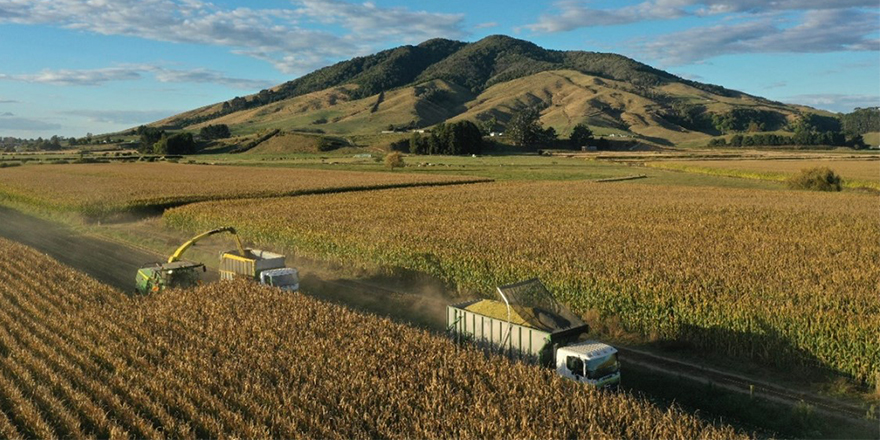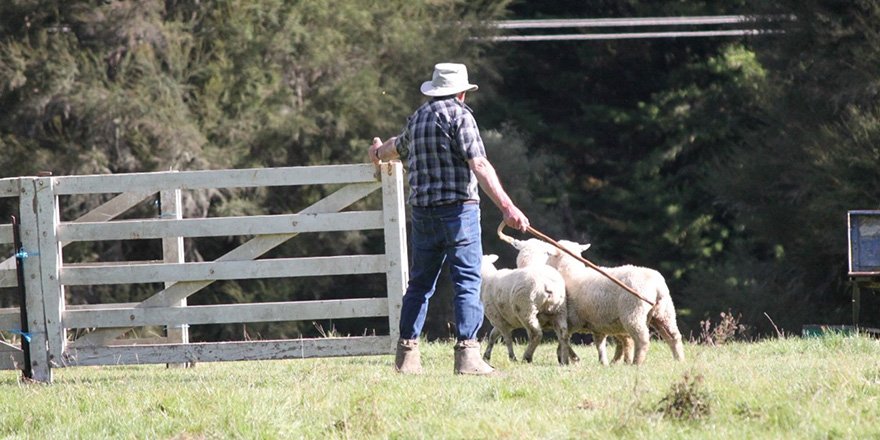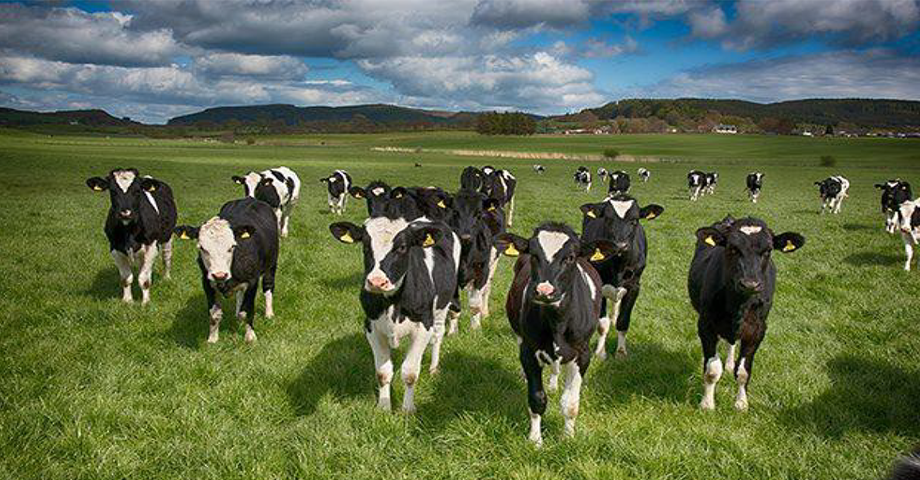Executive summary
The New Zealand government has set a goal of doubling the value of exports by 2025. In order to achieve this, the Irrigation Acceleration Fund (IAF) was allocated $35 million over five years to support the development of irrigation infrastructure.
Rangitikei local government had employed Catalyst Group an environmental management consulting company to conduct case studies on irrigated and non-irrigated properties to the determine potential of expanding irrigation. It would appear that central and regional governments are keen to develop more land under irrigation.
The aim of this project is to understand the formation of sand dunes in the lower west coast of the North Island and their stability. Secondly the project aimed to find out what support from Government has been provided for farmers to develop their land to irrigation? Lastly the project provides a case study on re-contouring land.
A range of interviews were conducted to explore the aims stated above. Dr Alastair Clement from Massey University w as contacted to understand how local dune fields were formed and stable they are, and how they were unique. Hew Dalrymple a farmer near Bulls was interviewed to see how their current irrigation project was proceeding.
The lower North Island sand dune area has undergone massive transformation over the past 10,000 years and parts are still forming. Early Maori and European settlers have influenced this dune area more recently ( past 1,000 years).
Developing these dunes would always be restricted by cost to develop. But it had been proven to be feasible to irrigate and produce increased returns from the land. Current regulation provides a reasonable framework for farmers to adhere to. More information from regional councils could improve the process to help estimate costs and barriers.
Hamish Easton



